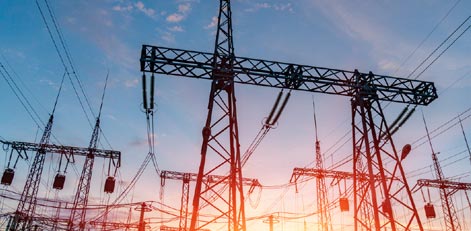No. of views : (1686)
Green nanotech for fueling cars, IIT-M researchers make strides
Posted on: 30/Dec/2015 8:50:33 AM

While the country is striving to achieve reduction of carbon emission by 33 percent by the year 2030 and seeking for non-fossil fuel based sources for producing power, researchers from the Indian Institute of Technology, Madras have come up with an alternative cost-effective green nanotechnology that can power vehicles similar to hybrid cars and bikes.
This requires the use of solar cells using photovoltaic method with which solar energy is transformed into electricity which in turn will fuel the cell device that produces power through chemical reaction, and a lithium ion battery that reserves excess energy that is generated by the other two.
This is not an all new technology, but the nano-particles, in addition to acting as a catalyst, help in enhancing efficiency to a considerable extent, and helps reduce cost, says professor and head, alternative energy and nanotechnology laboratory, Sundara Ramaprabhu. This technology may also be used in agriculture and several other industries.
Most car owners do not abide by emission norms and hence, Delhi stands in a key position among all the most polluted cities in the country. Adding to this is the comparatively higher number of diesel-operated vehicles here that emit 60 percent more air pollutants. At a time when a ban on registering new vehicles is imposed, IIT-M researchers believe that their nano based technology can serve as a potential alternative and bring down the emission level.
The researchers have integrated photovoltaic cells, fuel cells and li-ion batteries so as to get used in four wheelers. The PV cells can be used during day time and the other batteries can be used at night. This will be a potential alternative for fuel vehicles. The engine used here is almost the same like electric vehicles, said Ramaprabhu.
Photovoltaic method of generating energy has always been a key source of sustainable energy. The efficiency of this method is enhanced with the use of titanium nano particles.
The fuel cell follows an electrochemical process to convert hydrogen and oxygen into water; electricity is produced during the course of this process. When hot water gets released, there is a need for storing hydrogen and oxygen in the cylinders. Here, the productivity is increased with the help of platinum nanoparticles dispersed in fuel cell device. The storage level is increased with nanomaterial graphene layers. Nano particles such as silicon or graphene help in improving its shelf life and performance and brings down the time required for recharging.
Post your requirement - We will connect with the right vendor or service provider








